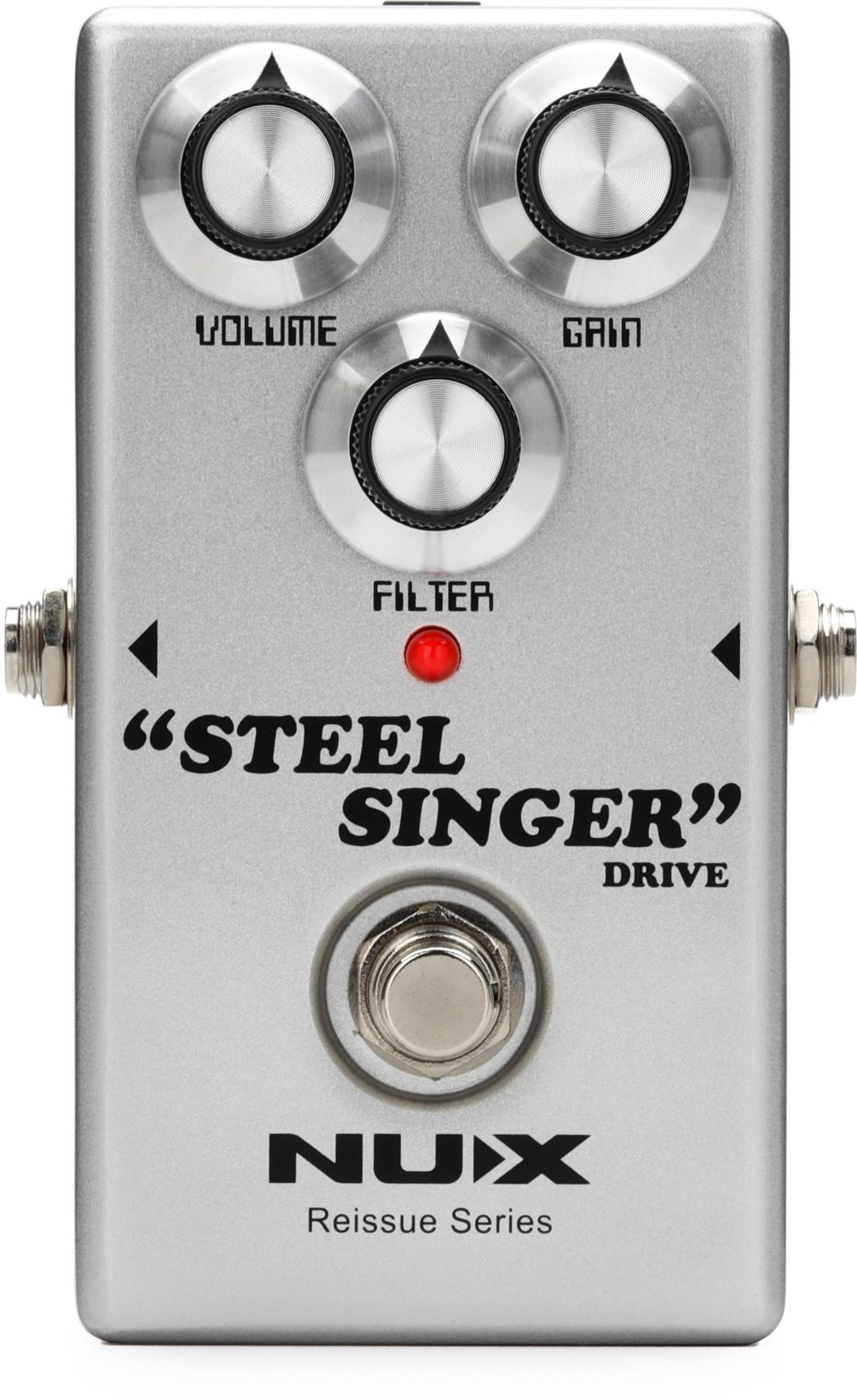| Chops: Intermediate Theory: Intermediate Lesson Overview: • Emulate pianists by using dyads to accompany single-note lines • Imply the sound of dominant, major and minor 7th chords • Create a smoother musical flow by inserting chords into your phrases. |
| Click here to download a printable PDF of this lesson's notation and all 12 audio examples. |
We will start with a simple IIm–V7–IIIm–VI7 progression in the key of F (Gm7–C7–Am7–D7). In Fig. 1 we will alternate a single-note line with some chord stabs. This can add excitement to the solo as well as create some space between your melodic lines. In Fig. 2 the idea is expanded with four-note chords and a repeating rhythmic motif.
or download example audio

or download example audio

A dyad is simply a two-note chord that we will let sustain while we play some simple lines above it. One of the masters of this technique was the late, great Lenny Breau. If you really want to see what is possible when it comes to solo jazz guitar, take a listen to his album of duets with Brad Terry, entitled The Living Room Tapes. Of course, many other guitarists have used and expanded this technique over the years.
When creating our dyads, we want to use the most essential notes–since we aren’t able to hit those huge, lush piano chords. If we have a IIm–V7–I progression in the key of F, the notes are as follows:
| Chord | Root | 3rd | 5th | 7th |
| Gm7 | G | Bb | D | F |
| C7 | C | E | G | Bb |
| Fmaj7 | F | A | C | E |
The essential notes in any chord are the 3rds and the 7ths because those are the tones that define a chord’s quality as major, minor, or dominant. This might seem confusing at first, but here are three rules to remember:
• All major chords contain a natural 3rd and a natural 7th.
• All dominant chords contain natural 3rd and a flatted 7th.
• All minor chords contain a flatted 3rd and a flatted 7th.
What this all means is that by playing the 3rds and 7ths of these chords, we imply the sound of the entire chord. The good news is that we can easily play the dyads with two fingers–or sometimes even one! This leaves our other two fingers to play melodic lines while the chord is being sustained underneath.
Let’s try this idea out in Fig. 3 over a Gm7 chord. If you hold down the F (b7 of Gm7) with your second finger, and the Bb (b3 of Gm7) with your third finger, we capture the essential notes in a Gm7. This leaves your first and fourth fingers available to play notes from the F major (or G Dorian) scale.
or download example audio

If we move our second finger to the E and keep our third finger on Bb, we can imply the sound of a C7 chord as shown in Fig. 4. Once again we can use the remaining fingers to grab notes in the F major scale ( or C Mixolydian).
or download example audio

Of course, we’ll want to use spicier sounds over the C7 (V7) chord. Continue to hold down the E and the Bb notes and play the C half-whole diminished scale in Fig. 5.
or download example audio

This scale is created by alternating half and whole steps to create a tension-filled altered sound over dominant chords.
Another choice for this type of sound is in Fig. 6. Here, we are playing the super locrian scale (R–b2–b3–b4–b5–b6–b7) over the C7 chord. This scale covers the b5/#11, #5/b13, b9 and #9 alterations.
or download example audio

Finally, we move to the Fmaj7 chord by holding our E and moving the Bb to A in Fig. 7.
or download example audio

In Fig. 8–Fig. 12, you can see how these ideas can be placed in musical contexts in the key of F. Start slow and really try to connect the chords and notes–remember we are trying to emulate the musical flow of a pianist. In order to get the most out of these fingerings, make sure to transpose them to all keys. It is also possible to play these dyads on other string sets, which will open up the entire fingerboard for you.
or download example audio

or download example audio

or download example audio

or download example audio

or download example audio
























